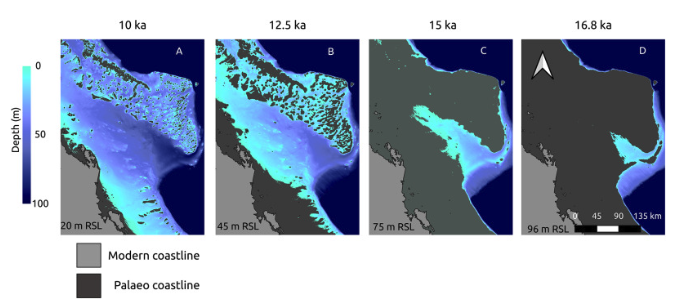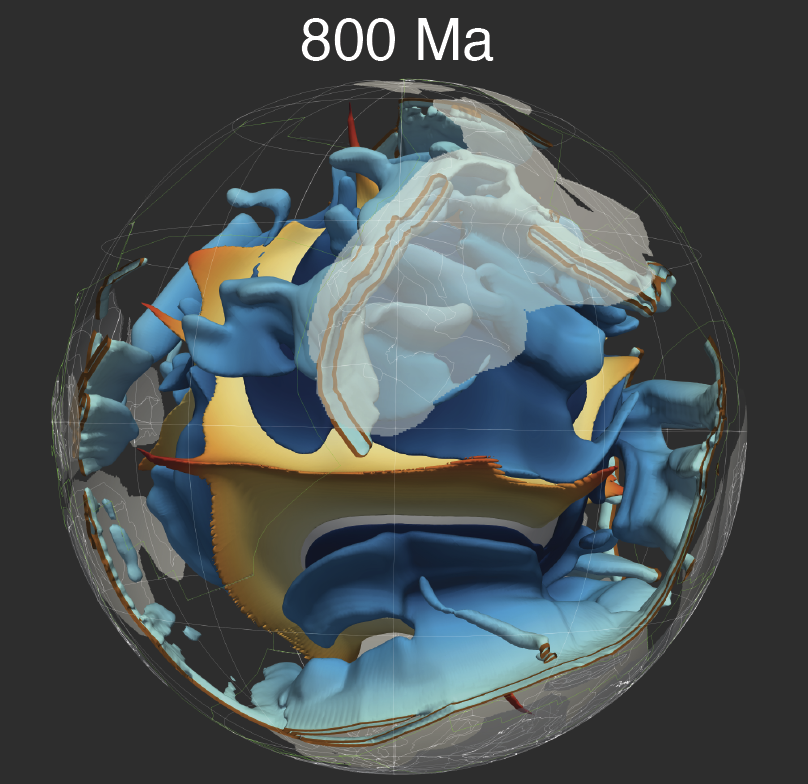Geol. Soc. London Mem.: Effects of melt-percolation, refertilization and deformation on upper mantle seismic anisotropy: constraints from peridotite xenoliths, Marie Byrd Land, West Antarctica
We report on the petrology, microstructure and seismic properties of 44 peridotite xenoliths extracted from the upper mantle beneath Marie Byrd Land (MBL), West Antarctica. The aim of this work is to understand how melt-rock reaction, refertilization, and deformation affected the seismic properties (velocities, anisotropy) of the West Antarctic upper mantle, in the context of … Read more…





























